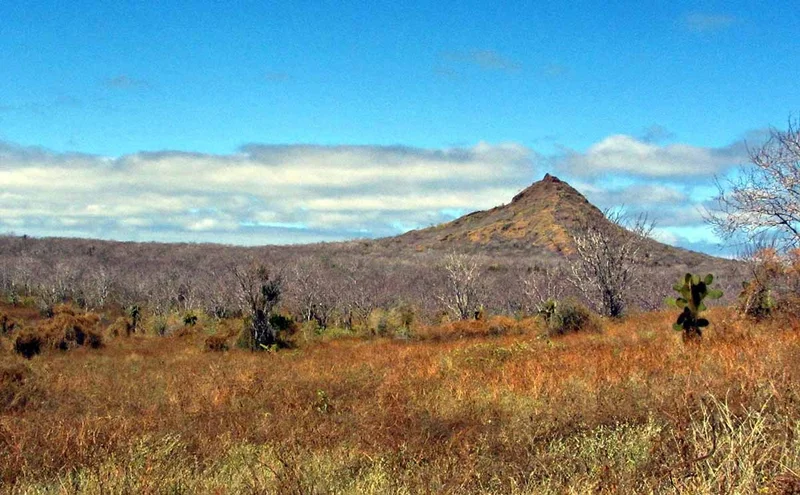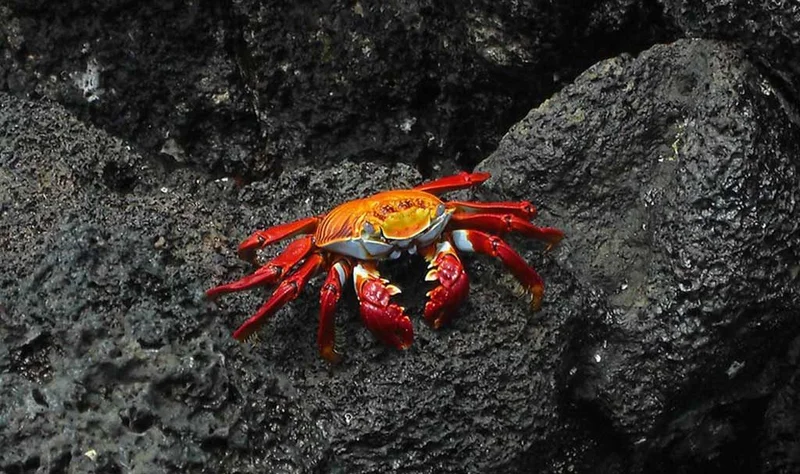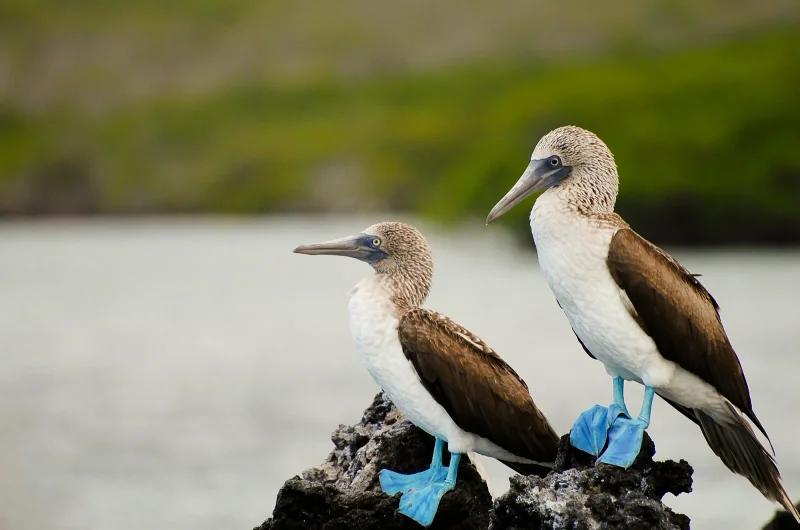
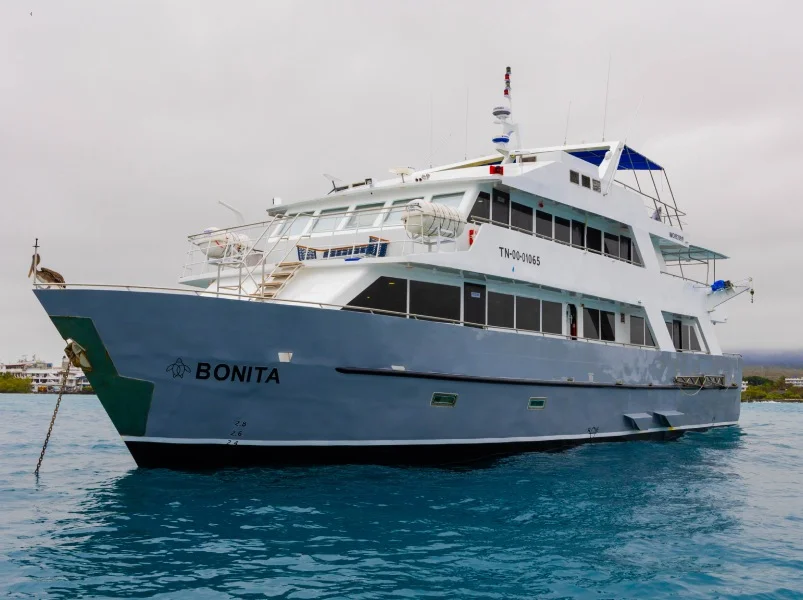
7 Day Galapagos Itinerary
Day 1: Baltra Airport & Santa Cruz Island: Dragon Hill
Day 2: Santiago Island: Buccaneer Cove, Playa Espumilla & Puerto Egas
ESPUMILLA BEACH & BOUCANIER COVE: The main attractions include Palo Santo Wood, the beach, and the stunning landscape; the beach is a very important site for tortoises because they use this place for nesting. Once time, the pigs were the main predatory of tortoise’s eggs; pig were eradicated with the creation of Isabela Project. Lunch
EGAS PORT: Here we find a beautiful black sand beach; to the south of the beach is the Pan de Azucar Volcano, whose volcanic deposits have contributed to the formation of the black sand beach. The crater of this volcano contains a saltwater lake that dries up during hot weather. Between 1928 and ,1930, explorations to develop a salt mine were carried out, but it was decided that a mine was not feasible. The workers’ use of endemic woods also damaged the environment and the development was scrapped. Descent to the salt mine is not allowed. Dinner.
Day 3: Isabela Island & Fernandina Island
ISABELA ISLAND: VICENTE ROCA POINT is comprised of two separate coves, this site is a large bay with spectacular sea life. Keep an eye out for seahorses, sea turtles, and the strange yet fascinating Mola-mola (sunfish). Lunch.
FERNANDINA ISLAND – ESPINOZA POINT: Fernandina is the third biggest island in the Galapagos and has only one visiting site: Espinoza Point, famous for the large colonies of marine iguanas and the home of the flightless cormorant, the Galapagos penguin, snakes, and more. From Espinoza Point, we can admire the beauty of Fernandina Island and its volcano which last erupted in May of 2005. Fernandina is the only island that doesn’t have mammals and the open areas are extremely fragile. From January to June, the nesting period of the marine iguana, we take great care when walking. Dinner.
Day 4: Isabela Island: Urbina Bay & Tagus Cove
ISABELA ISLAND – URBINA BAY: this place is located at the base of Alcedo Volcano between Elizabeth Bay and Tagus Cove. Wet landing. Trail length is around 3.20 Km; during this walk, we can observe land iguanas, hawks, and tortoises. It is also possible to see red and blue lobsters. Lunch.
ISABELA ISLAND – TAGUS COVE: It is located to the west of Darwin Volcano on Isabela Island. While walking, we will find several inscriptions (names of pirates) dating back to the 1800’s.
From here, we can see Darwin Lake, a salt water lake with a depth of approximately 9 m. It contains no fish. It is very common to see a variety of bird species. Dinner.
Day 5: Isabela Island: Moreno Point & Elizabeth Bay
ISABELA ISLAND – MORENO POINT: We will disembark at Moreno Point which is located near Elizabeth Bay on the west coast of Isabela Island. The plethora of birds seen during a dinghy ride along the striking rocky shores or a hike along a path through lava rock leading to tide pools and mangroves, create a birdwatcher’s delight. In the tide pools, green sea turtles or white-tip sharks can be spotted. Lunch.
ISABELA ISLAND – ELIZABETH BAY: After lunch, this is one of the island’s breeding sites for penguins. Located on the west coast of Isabela, Elizabeth Point is a marine visitor site. Visit Red Mangrove Cove: Brown pelicans, flightless cormorants, spotted eagle rays, golden rays and sea lions are often seen. Dinner.
Day 6: Isabela Island: Tintoreras & Wetlands
ISABELA ISLAND – TINTORERAS: Located in the bay of Puerto Villamil, this small island, surrounded by calm, turquoise waters have an easy trail with great landscapes and very interesting fauna. Along the trail we will see large numbers of Marine Iguanas basking in the sun, lava lizards, herons, gulls and sea lions. In the coves, it is easy to find Sea Turtles, rays and even penguins. Among the many inlets and channels on the coast, we sometimes see White-tipped Reef Sharks (in Spanish “Tintoreras”). Following the excursion, we will return to the boat for breakfast and sail to our next destination. Lunch.
ISABELA ISLAND – HUMEDALES: Los Humedales is one of the Isabela Hidden Gems. “Humedales” translates to Wet Lands and this area is characterized by sandy beaches, rocky shores, and mangroves, which have an extremely important role in the Galapagos as they provide a
nursery for young marine animals as well as a nesting site for birds. Following the various paths, you will find a fabulous destination for bird lovers, pink flamingos and migratory birds including black-bellied and semipalmated plovers, whimbrel, osprey, greater and lesser yellowlegs, wilson’s phalarope, short-billed dowitcher, common tern, blue-winged teal, to name a few. You can also observe young giant tortoises from the Isabela Breeding Center. Dinner
Day 7: Santa Cruz Island: Charles Darwin Station
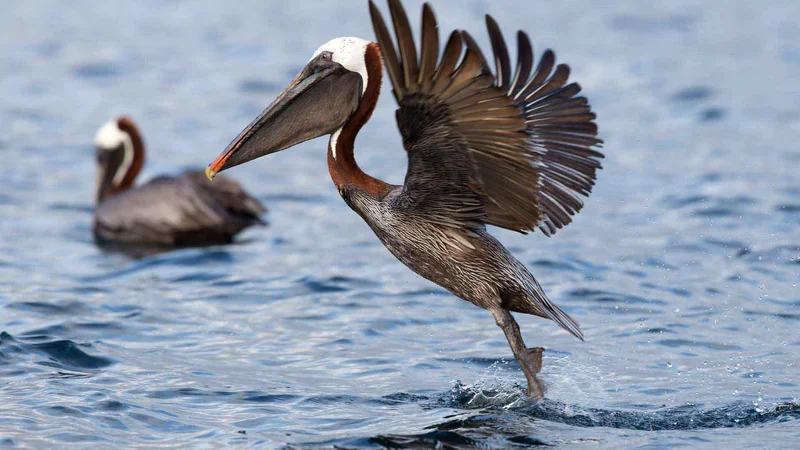
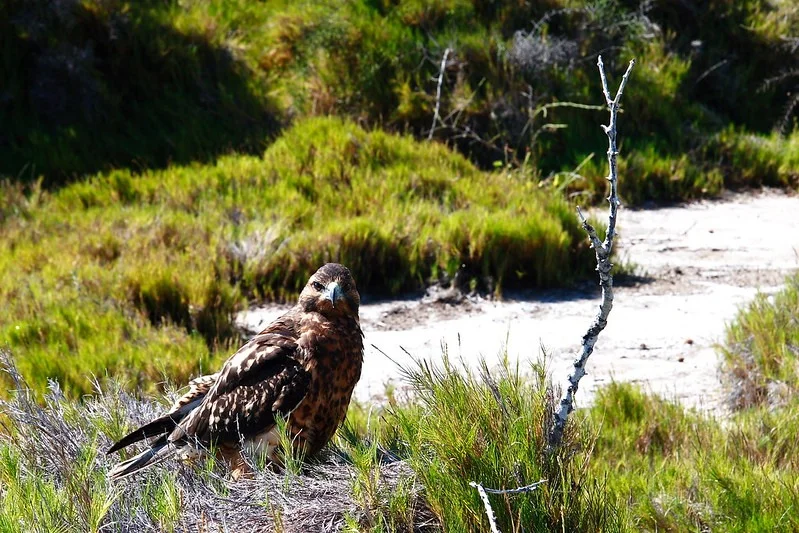
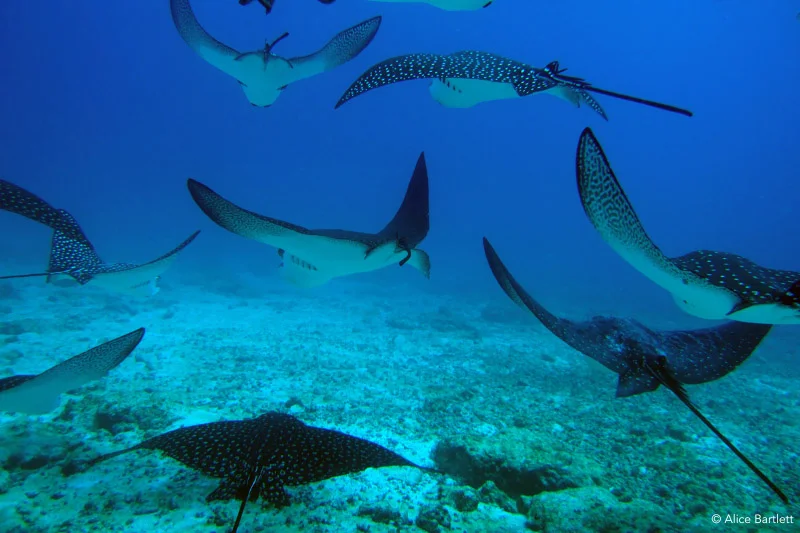
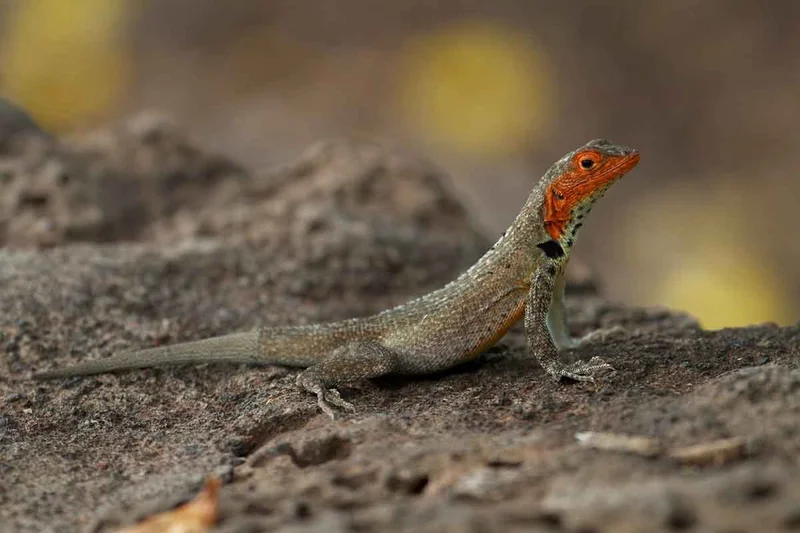
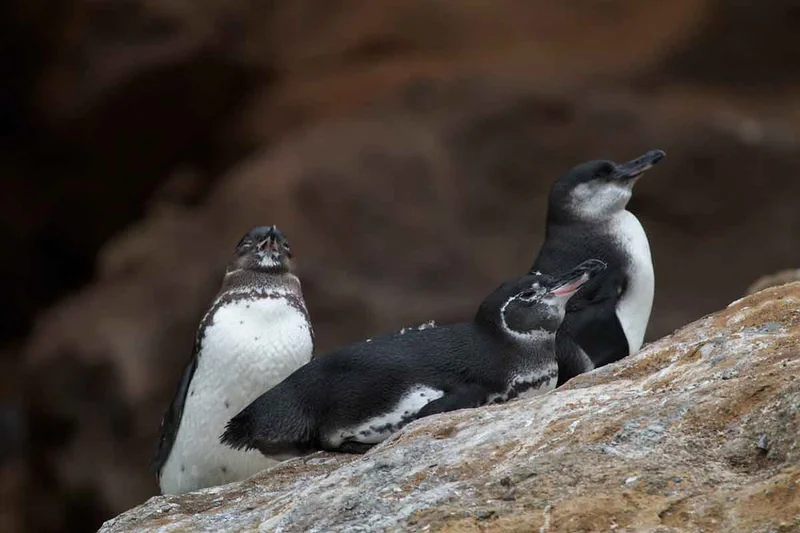
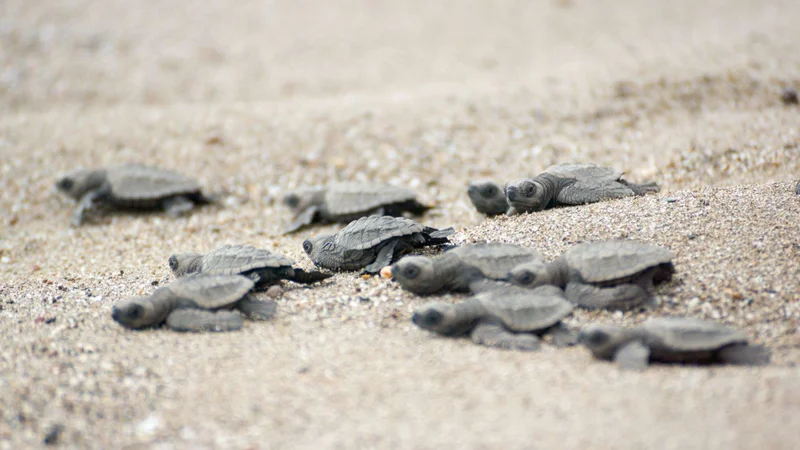
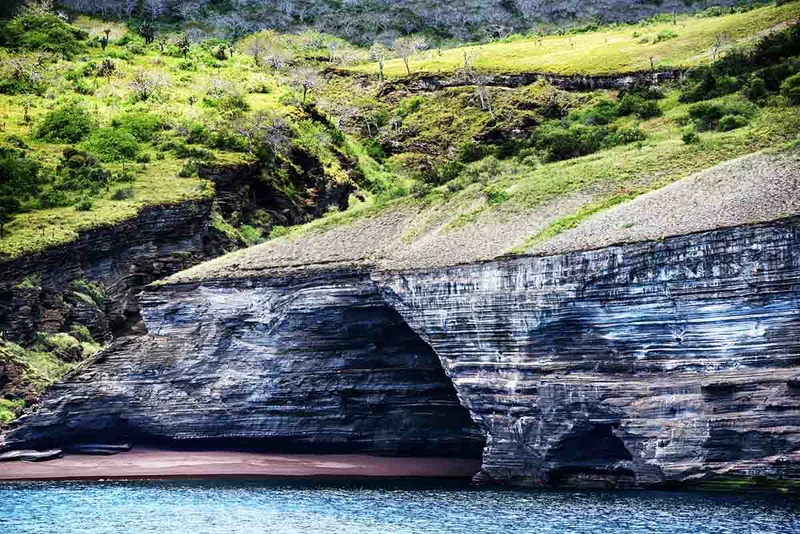
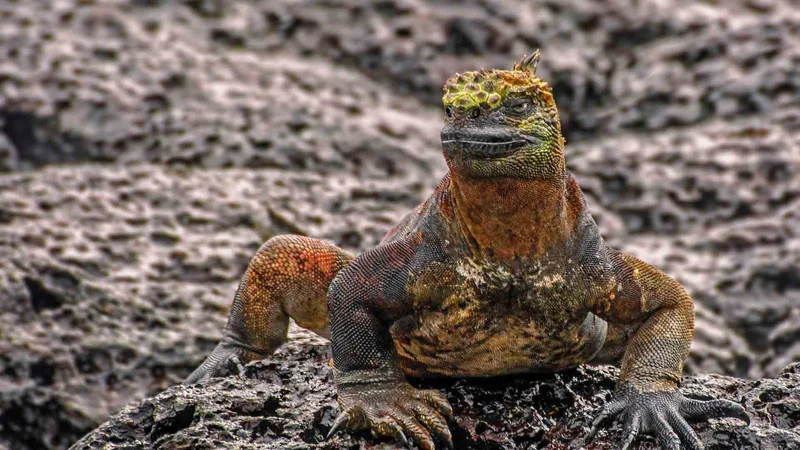
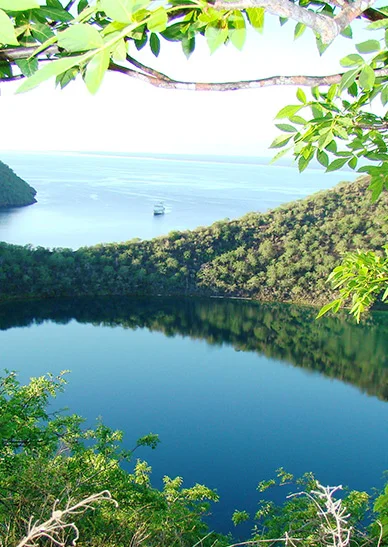
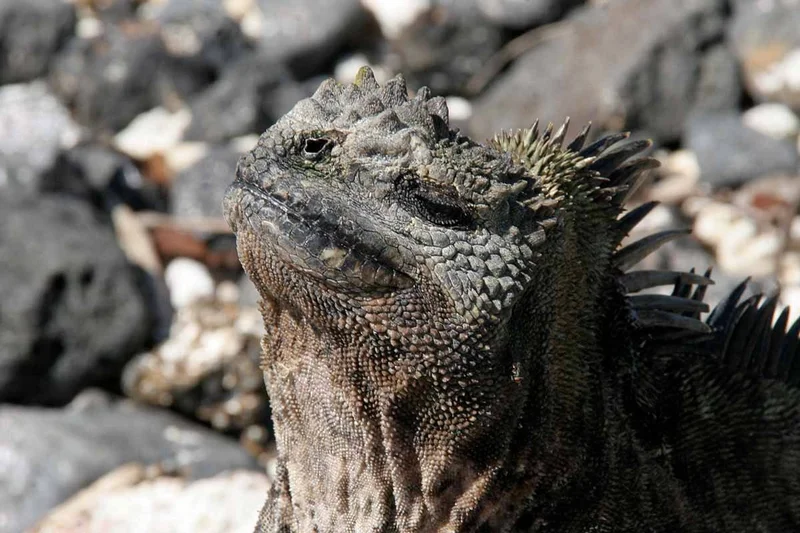
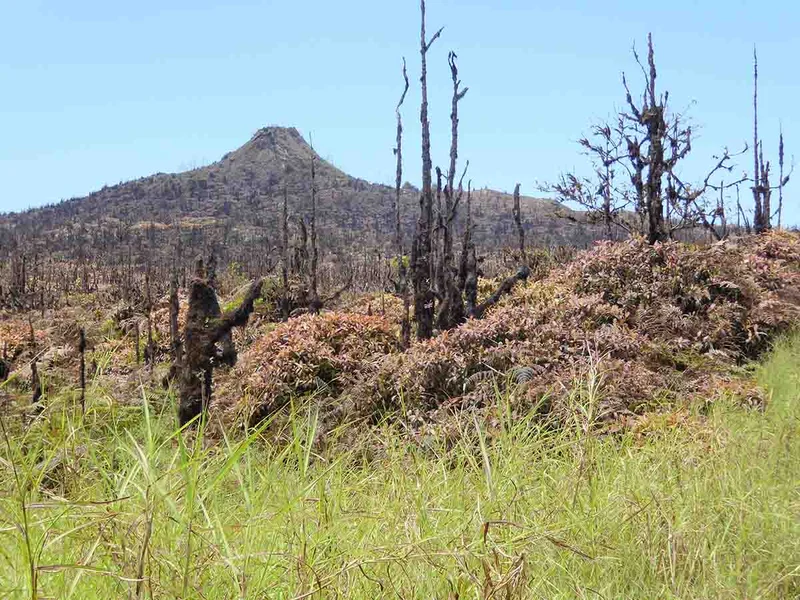
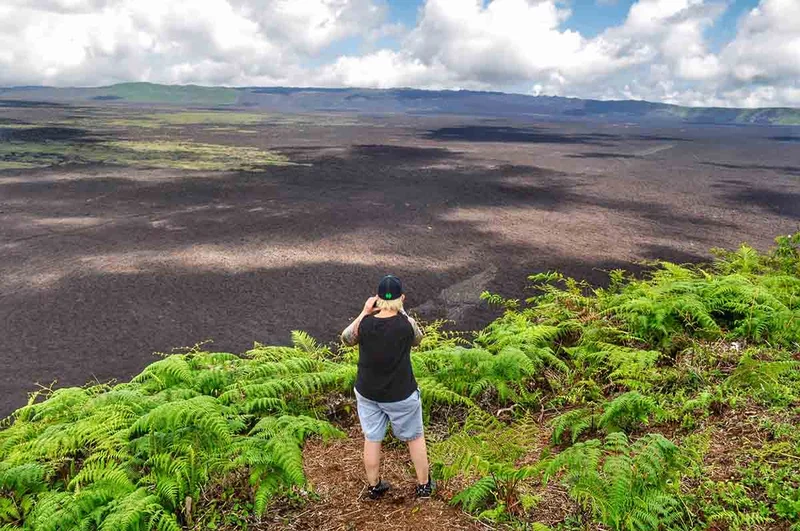
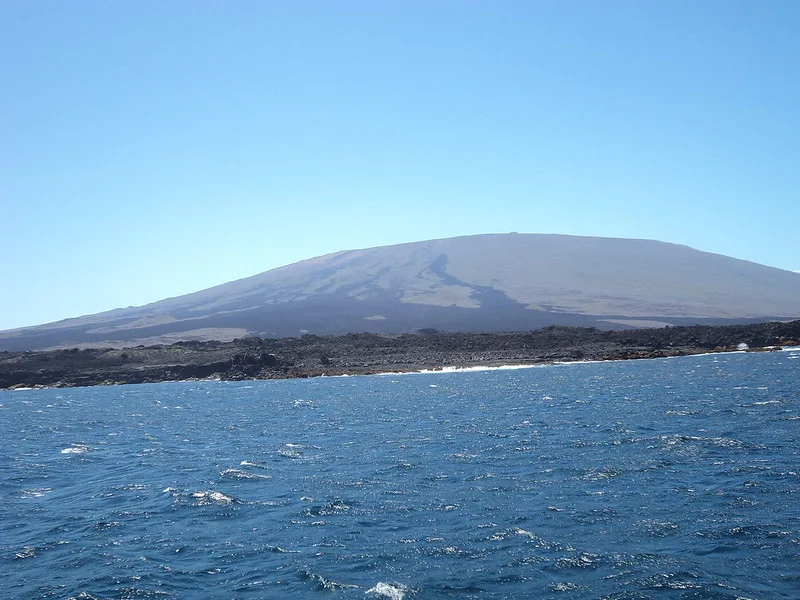
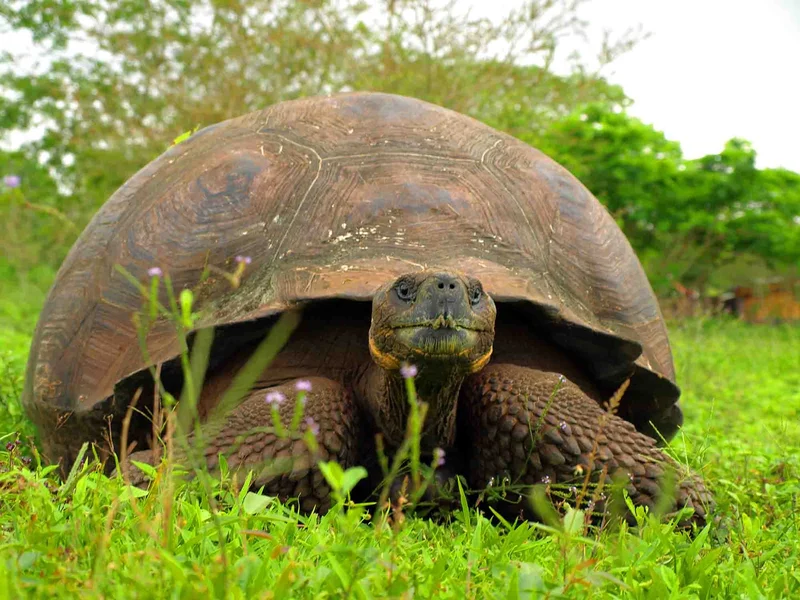
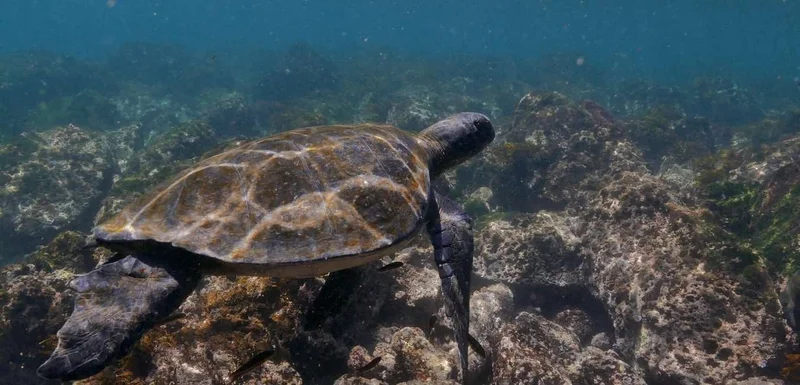
7 Day Galapagos Itinerary Includes
- Airport assistance
- Transfers in Galapagos.
- Accommodation in double cabin
- All meals during the cruise
- Naturalist Bilingual Guide
- All visits & excursions according to the itinerary
- Snorkel Gear (mask, tube and fins)
- Kayaks, paddle boards
- Unlimited purified water, coffee and tea
- Wetsuits
7 Day Galapagos Itinerary Does not Include
- Local flight to/from Galapagos
- Galapagos National Park Entrance fee
- Galapagos Transit card
- Alcoholic drinks
- Tips
- Local Taxes
- Travel Insurance
- Services not listed
7 Day Galapagos Itinerary Highlights
- The Bonita yacht was fully refurbished in 2019 for new adventures.
- Amazing loop of Isabela Island.
- Possibility to spot the orange land iguanas at Dragon Hill
- Ideal cruise for families and friends to enjoy. Great for charter trips.
- Discover the magic diversity of Fernandina.
- Visit the world famous Charles Darwin Station on Santa Cruz Island
Itinerary Map
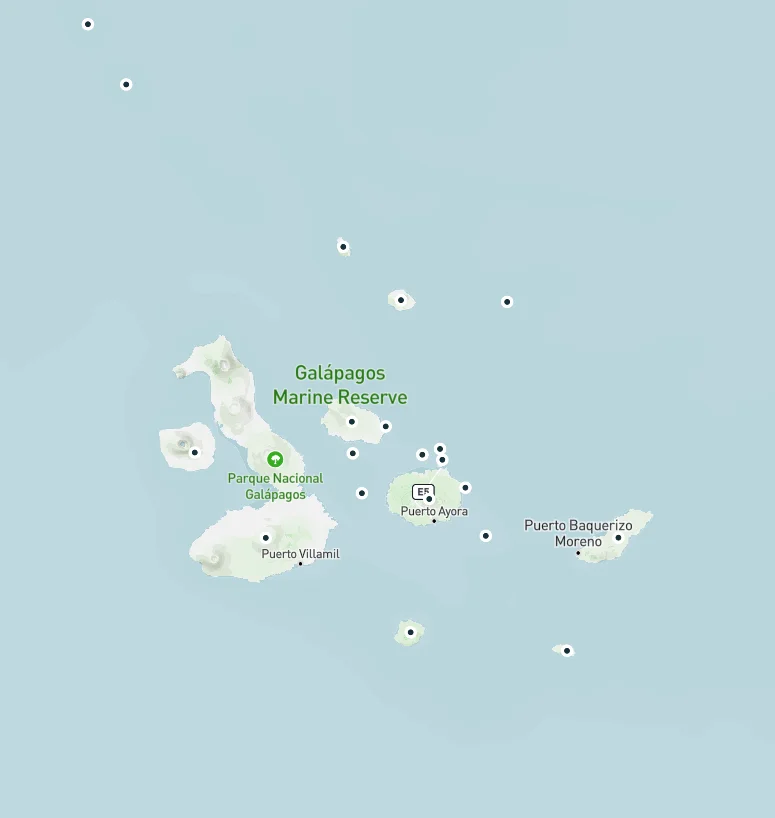
Dates & Promotions
Dates |
|---|
No data |
Animals you might see on this itinerary:
More information about the Galapagos Islands you visit in this 7 day itinerary:
Bonita Yacht 7-days Galapagos boat tour Itinerary West islands
Why travel with us?
Similar Itineraries

